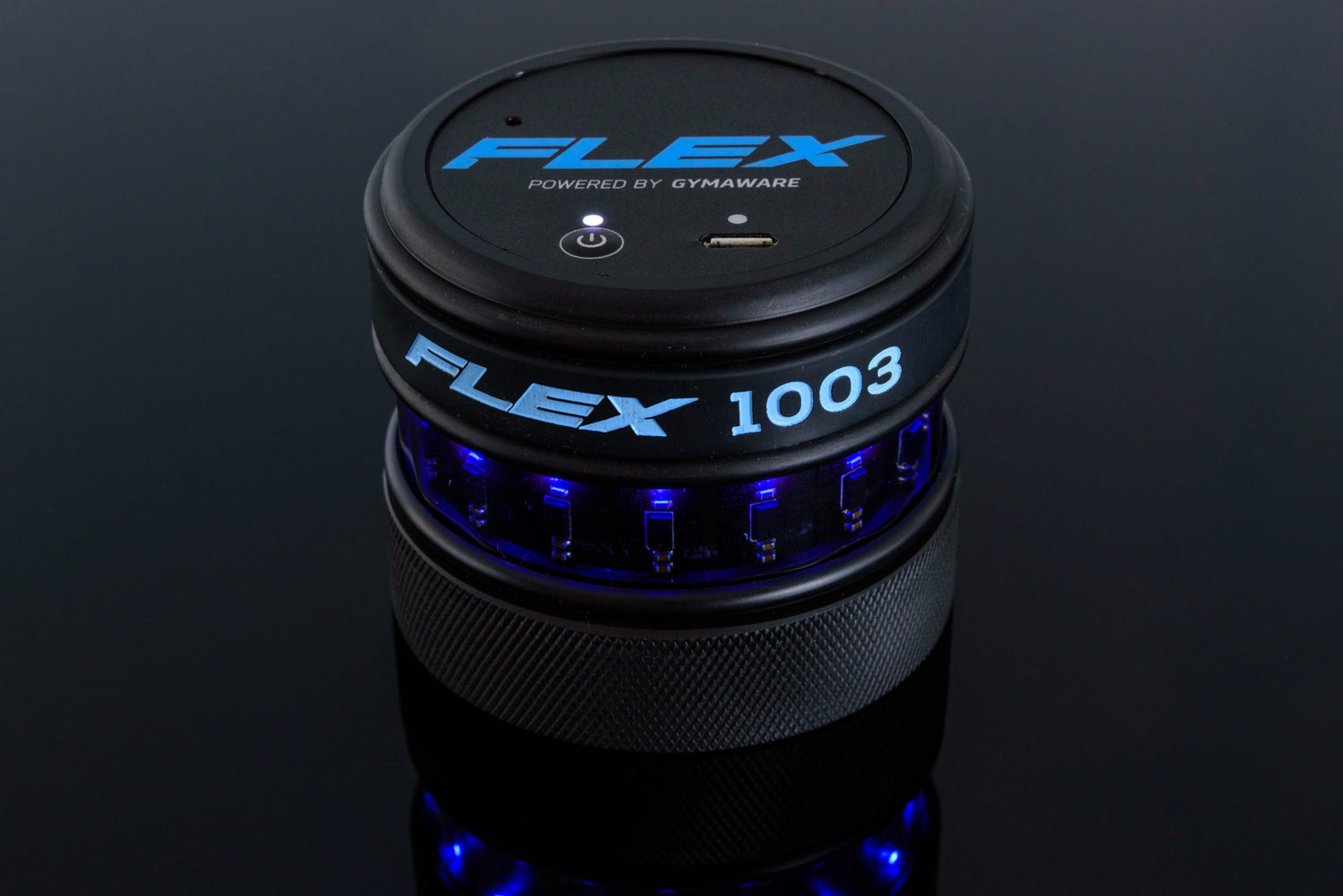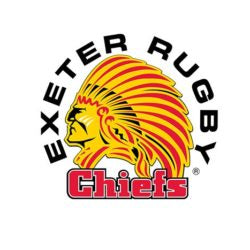Practice, dedication, and ability form the cornerstone of most athletic accomplishments.
Yet, as emphasised in our first article of this three-part series, testing is one of the most important aspect to improve overall athletic performance.
Today, we will be looking at the first 3 modalities for testing your athletes, along with the best equipment available for doing so. More importantly, we will also delve into how to use this data to improve performance.
1. Speed and Agility Testing:
Speed and agility testing is a set of assessments and drills used to measure an athlete's quickness, agility, and speed in various movements. Tests can be specifically designed to evaluate athlete’s ability to change direction, accelerate, decelerate and move with precision.
Speed and agility testing is particularly important in sports where quick movements and changes of direction are crucial, such as football, netball, rugby and many others.
How Does The Data Impact Performance
Speed and agility are critical factors in many sports. Athletes who possess great speed and agility have a competitive advantage over their opponents. They can outmanoeuvre, outrun, and react faster, which can lead to better performance outcomes.
Speed and agility data provide athletes and coaches with specific areas for improvement. By analysing these metrics, athletes can tailor their training programs to enhance their speed, agility, and quickness.
What Are The Best Tools For Testing?
Witty Timing System
Witty is Microgate's portable timing system- the compact size and innovative design makes it practical and easy to use.
Microgate is making it easier to set up and manage your data on your phone thanks to their latest app development, introducing the all new ProMove app. Using their new Bluetooth speed gate device, you can sync the data from all your timing gates and view in real-time on your device. Using the web based app, you can compare and analyse all historic data.
With the option also available to store all your data on the cloud, meaning it can be accessed from any device, anywhere at any time.
Witty SEM
Witty SEM is a cognitive reactive training system made up of individual photocells boasting a 6 x 5 LED matrix. These cells can project any number, letter, or directional arrow in an array of colours allowing the user to predefined or randomise testing protocols to incorporate reaction, agility, and cognitive strategy.
Further to this the Witty SEM system now incorporates several ‘Brain Training’ modules. This allows the user to enhance key cognitive processes such as brain speed, pattern identification and decision-making capabilities.
With 8 different radio frequencies to choose from, it is possible to work simultaneously with several Witty systems (timer and photocells) in the same training area.
What Data Does The System Collect
The two main data points you receive are sprint times and reaction times.
Sprint time is heavily linked to power, which is a high indicator of athletic success, and can also be further linked to robustness from injury.
Reaction time can be the difference between making a save from a shot in football, to reacting quicker than your opponent to the ball.
The data the Witty systems provide gives you insights into what areas your athlete is lacking and allows you to create a custom plan for improving their reaction times and sprint speed.
2. VBT
Velocity-based training (VBT) is a training methodology that uses real-time velocity data to guide and optimise an athlete's resistance training. This approach has gained popularity in strength and conditioning programs, especially in sports performance settings, as it provides a more objective and individualised way to prescribe and monitor strength training exercises.
How does the data impact performance
Objective Feedback: VBT provides objective, real-time feedback on an athlete's performance. This feedback allows athletes and coaches to assess the quality of each repetition, ensuring that they are working at the intended intensity and velocity.
Individualisation: VBT enables the customisation of training programs based on an athlete's unique abilities and needs. Athletes can work within their optimal velocity ranges, ensuring that the training stimulus is appropriate for their current level of strength and power.
Auto-Regulation: VBT allows for auto-regulation of training loads. Athletes can adjust the resistance or load based on their real-time velocity feedback. If an athlete is fatigued or having an off day, they can reduce the load whilst still maintaining the desired velocity, reducing the risk of overtraining or injury.
Motivation: Real-time feedback from VBT can be highly motivating for athletes. Seeing improvements in velocity or power output can boost an athlete's confidence and drive, leading to increased effort and commitment to training.
What Are The Best Tools For Testing?
GymAware RS
This small, portable, and accurate linear encoder which attaches to free weights bars and weight stack machines for measuring Power output.
It combines the mobility of an iPad hand-held device to record data with the power of the Internet. GymAware data can be securely accessed online anywhere, any time.
FLEX powered by GymAware
Designed for precision in velocity-based training, FLEX delivers real-time feedback on every repetition and set.
It empowers athletes to maximise training zones, autoregulate weights, detect fatigue, and sustain optimal intensity, aligning perfectly with the core tenets of VBT. With advanced laser optic technology, FLEX democratises elite-level performance data, ensuring both portability and accuracy.
Both GymAware systems measure essential VBT metrics: barbell velocity, power, distance, and movement. All performances are meticulously logged in realtime and are stored in the GymAware Teams app or FLEXStronger app depending on which device you have. This helps to reinforce adherence to VBT principles, keeping athletes committed to their training zones and intensity.
For more information on VBT analysis using the GymAware system, click here.
What Data Does The System Collect
Data collected from the GymAware RS and FLEX is accurate and reliable. It analyses variables such as mean power and velocity, peak power and velocity, bar path and depth of movement.
These variables give you an intricate picture on each individual repetition. The feedback is instantaneous, which means your feedback can be delivered concisely and quickly. As mentioned previously this can help drive motivation.
Being able to accurately prescribe lifts using VBT data means that the process of training and periodisation can be even more efficient in working out what your athletes can lift.
3. Force Analysis
Force analysis refers to the study and measurement of the forces involved in athletic movements and activities.
It is a critical aspect of sports science and biomechanics, as understanding the forces acting on athletes' bodies and equipment helps optimise performance, prevent injuries, and improve training techniques. This can be assessed using Force Plates.
How does the data impact performance
Optimised Technique: Force data can reveal inefficiencies or suboptimal techniques in an athlete's movements. By analysing force data, athletes and coaches can identify areas where technique can be improved, leading to more efficient and effective performance.
Increased Power Output: Understanding force production is crucial for developing explosive power. Force data can help athletes and coaches design training programs that focus on increasing the force generated during activities like jumping, sprinting, or weightlifting.
Load Prescription: Force data guides the prescription of appropriate training loads. Coaches can determine the optimal resistance or weight for exercises based on an athlete's force-producing capabilities. This ensures that workouts are challenging but not overwhelming.
Rehabilitation: In rehabilitation settings, force data helps assess an athlete's recovery progress. It provides information on strength imbalances, asymmetries, and deficiencies that need to be addressed during the rehabilitation process.
What Are The Best Tools For Testing?
ForceDecks
These are lightweight and portable force plates that can provide you with objective data on strength and imbalance.
Whether you want to measure force outputs to track strength gains or treat musculoskeletal or sports conditions, ForceDecks allow you to monitor rehabilitation progress, and injury risk, collect baseline data and improve outcomes. You can automatically detect and analyse 15+ common force plate tests with these devices.
These platforms measure force at 1000 Hz when a user performs static and dynamic actions. There are three different force plates available.
The FDMinis are affordable, portable and compact. Ideal for quick, in-clinic assessments, such as balance and squat assessments. The FDMinis fit into a small carry case for quick set-up and packed-away.
FDMax Platforms are the largest platform and are usually tailored to be embedded within a lifting platform. All of the plates use the same easy-to-use application and can collect data quickly and efficiently.
The FDLites use the same high-capacity load cells as the FDMaxs, they maintain the levels of accuracy and durability of ForceDecks. However, they offer a significant reduction in size and weight over the FDMax, ideal for users who require a system for travel or for easy movement on and off boxes, and around the gym for diverse lower and upper body isometric tests.
What Data Does The System Collect
There is a large amount of data available when using force plates, one of which is jump height.
This is calculated most accurately via vGRF (vertical ground reaction force), which has links to lower body power as previously described. Asymmetries (comparing left and right forces) is another test you can perform that accurately investigates and advises on what sort of training an athlete should be doing.
Unique to Force Plates is the capacity for isometric force testing (more commonly RFD (Rate of Force Development), which is an indicator of athletic performance as it shows how quickly an athlete is able to produce force. This is just a small part of the data available.
Conclusion
In today's evolving sports landscape, harnessing the power of modern testing modalities is not just an advantage—it's a necessity.
These insights, when paired with training, can be the difference between good and great. As we've unravelled in this second instalment, understanding and utilising these tools can significantly amplify an athlete's trajectory.
Ready to find out the last 2 modalities? Find the final part of our series here, where we discuss the importance of kinematic and kinetic analysis.



































